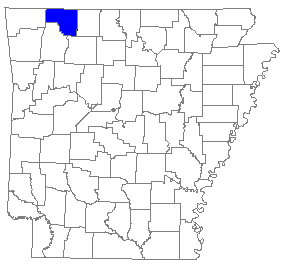 |
 

 |


Outis Skipper (Cogia outis [Skinner])
Wing span: 1 3/16 - 1 11/16 inches (3 - 4.3 cm).
Identification: Upperside is dull reddish brown; forewing has small white spots. Hindwing fringes are brown or tan; sometimes checkered.
Life history: Females deposit eggs singly under terminal leaves of the host plant. Caterpillars eat leaves and rest in shelters of silked-together leaves. Fully-grown caterpillars hibernate, and then pupate on the ground in a nest of leaves or underground in a silk-lined tunnel.
Flight: Four broods from March-October.
Caterpillar hosts: Various acacias in the pea family (Fabaceae).
Adult food: Flower nectar.
Habitat: Parks, roadsides, hedgerows, thorn forest.
Range: Central Texas. Strays north to Oklahoma, southwest Missouri, and northwestern Arkansas; strays south to northern Chihuahua and Coahuila, Mexico.
Conservation: Not usually required.
The Nature Conservancy Global Rank: G4 - Apparently secure globally, though it might be quite rare in parts of its range, especially at the periphery.
Management needs: None reported.
References:
Opler, P. A. and G. O. Krizek. 1984. Butterflies east of the Great Plains. Johns
Hopkins University Press, Baltimore. 294 pages, 54 color plates.
Opler, P. A. and V. Malikul. 1992. A field guide to eastern butterflies. Peterson
field guide #4. Houghton-Mifflin Co., Boston. 396 pages, 48 color plates.
Scott, J. A. 1986. The butterflies of North America. Stanford University Press,
Stanford, Calif. 583 pages, 64 color plates.
Tilden, J. W. 1986. A field guide to western butterflies. Houghton-Mifflin Co.,
Boston, Mass. 370 pages, 23 color plates.
Author: Jane M. Struttmann
State and Regional References:
Opler, P.A. 1998. A field guide to eastern butterflies, revised format.
Houghton Mifflin Co., Boston.

